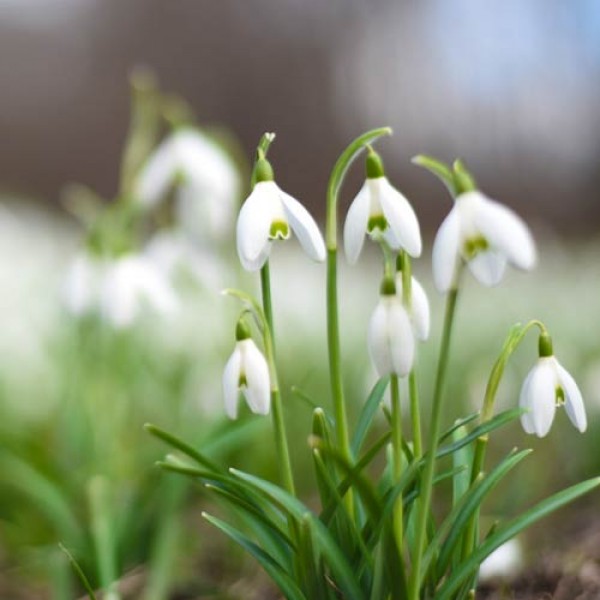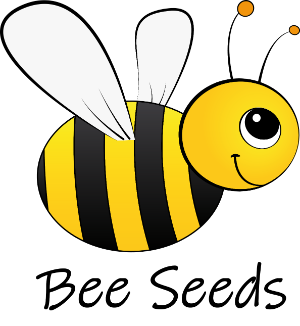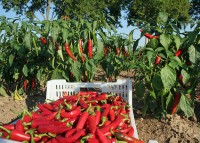
Gardening in March
In March the garden awakens - shrubs blossom, squirrels are in the garden, the early bloomers (crocuses, snowdrops and daffodils) show their most beautiful colours.
The pruning of the trees has been completed so that they can now sprout. Therefore, now is the time when we can revitalise the garden.
What to do in March:
- The soil from the compost can be spread around the garden in unplanted areas.
- Remove moss, soil and leaves from garden footpaths and repair any damage.
- If there are already weeds in the garden, remove them to prevent them from spreading.
- The beds for annuals and perennials can be prepared: here the soil should be loosened and any weeds removed.
- Cut back all ornamental grasses about a hand`s width above the ground so that they can sprout again.
- Prepare the vegetable bed and plant the first rhardy seeds such as carrots, parsnips or spring onions.
- Shorten the winter-hardy herbs in the garden by 1/3 so that they can grow strong
- Make more detailed planning for later sowing, redesigning empty beds, ideas for insect burrows and insect meadows.
- In order to have a colourful garden with lots of flowers in summer, marigolds, poppies, cornflowers, sweet peas etc. could be sown now. (Calendula und marigolds sind das selbe)
- Tulips grown in a greenhouse should be planted outdoors now.
- Cut back roses in March, when the forsythia is in flower (be careful of the weather forecast, as night frosts would not be ideal after pruning).
- Reward the Hydrangeas with a slow-release fertiliser, so they bloom fully later on.
- If you have a garden pond, prepare it for the season.This means removing protective netting and leaf debris and checking the pump. The plants on the banks should be cut back so as not to plunge the pond into complete shade.
- Autumn-flowering perennials can be easily divided and transplanted in March; these include asters, chrysanthemums and cranesbill.
- The orchard, which brought a lot of work in winter with pruning, is now more of a recreational area
- only new fruit trees can be planted in March
- Mid to late March is also the time to start lawn care, here you can mow or verticut for the first time.
Overview for vegetables and flowers in March:
Growing in March on the windowsill: artichoke, aubergine, broccoli, pepper, fennel, melon, romanesco, lettuce, celery, tomato
Cold frame: kohlrabi, herbs, radishes, lettuce, spinach,
Open ground:
Peas, carrots, cabbage, spring onions, parsnip, leek, red cabbage, savoy cabbage, onion
Which flowers bloom in March:
Early bloomers: crocus, narcissus, Christmas rose, snowdrops, pasque flower, dandelion, mullein, March violet, primrose, cowslip, winter lily
Other flowers and trees: Pansies, spring violets, hazel, ornamental mahonia, snow forsythia, star magnolia, winter mahonia, almond, ornamental cherry
Helping garden animals and insects in March:
- Include lots of early flowering plants in the garden to provide insects with as many food sources as possible in March.
- Put up the first new bumblebee nest boxes and insect hotels to give them places to retreat and support reproduction
- Attention toad migration! Please drive carefully and slowly, because even if amphibians are not run over, they die from the blast wave of speeds over 30 km/h.
- Renew the water points for the animals.














